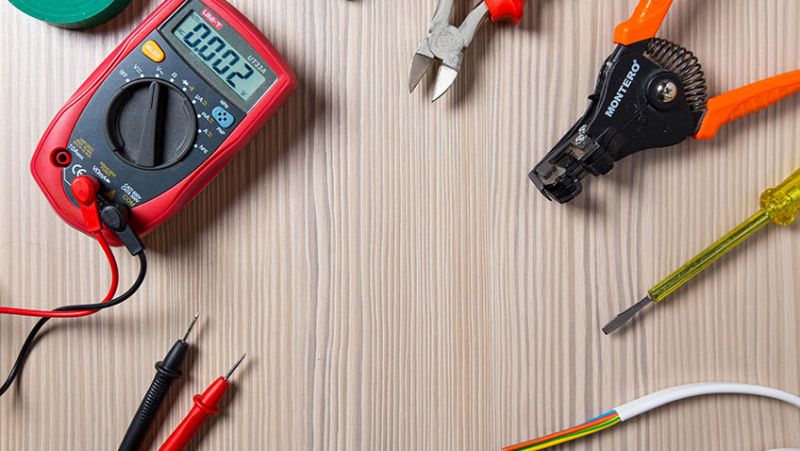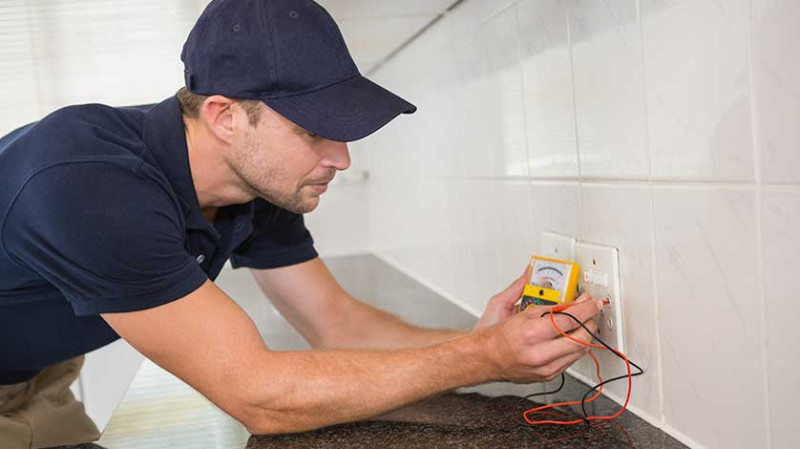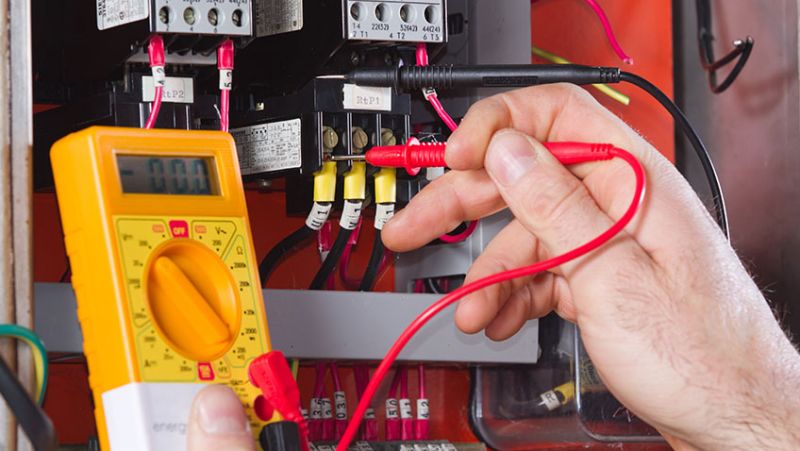
There are many tools for electrical projects that can make the process much easier. You should consider investing in a good quality multimeter, wire stripper, screwdriver set, voltage tester, insulated pliers and lineman's pliers to help with your next electrical project. With the right tools, you'll be able to complete the project quickly and efficiently without any problems!
Linesman’s Pliers
For nearly everything, electricians employ lineman's pliers. These nose pliers have blunt ends for twisting wires tightly. They also include cutting edges to cut wires to length and remove the jackets from individual wires. Linesman's pliers can be used as a versatile tool for grasping, bending, and pulling.
Non-Contact Voltage Tester
Electricians need to be aware of the energized state of the circuits they are working on. While a voltmeter can provide this information, a non-contact voltage tester is much faster. These devices detect voltage and alert to its presence. The user can place it close to a wire or outlet, and if the light goes from green to red (in most cases, check your manual), the voltage tester indicates that the circuit is energized. Some models also make a sound when voltage is detected.
Combination Screwdriver
Electricians are known for having a plethora of screwdrivers, nut drivers, and other hardware. However, many of their most frequent hardware applications utilize the same tips, such as #2 square drive for breakers, #2 Phillips and flat tips for outlets and wall plates, and ¼ and 5/16-inch nut drivers for light fixtures and the likes. In lieu of lugging around multiple screwdrivers, most electricians prefer the convenience of a combination screwdriver - offering tips for 11 or more different fastener types in a single screwdriver.
Side Cutters or Diagonal Cutters
Diagonal cutters are used to trim wires or remove staples on occasion when an electrician's linesman's pliers can't get a tight space. That is precisely what diagonal cutters are for: they fit in tight places and allow you to chop wires or remove staples. They're not as robust as a pair of linesman's pliers, so you wouldn't want to use them as a hammer replacement.
Wire Stripper
Stripping wires is a task that electricians take pleasure in. There are several methods to remove wires, but using a tool designed for the purpose is frequently the most efficient. Wire sheathing may be quickly removed with these tools, which strip the wire of various diameters and form perfect hooks for outlets or ground wires. These devices are frequently spring-loaded, permitting the one-handed operation.
Torpedo Level
A handy torpedo level will assist electricians in taking great pride in their tasks. These levels are tiny and have at least one magnetic side for attaching to metal conduits or electrical boxes. They also include several angles, including two 90-degree bubbles, a 45-degree bubble, and a 30 or 60-degree bubble.
Dust Shroud
Removing the old light fixtures and replacing them with new recessed lighting can be a daunting task. Not only do you have to worry about making holes in the ceiling, but you also have to clean up all the mess that is made in the process. An electrician can make the job a lot easier by using a dust shroud on their drill. This will prevent all the drywall dust from falling to the ground and making a mess. The electrician can then quickly clean up the area and install the new recessed lighting fixtures.




